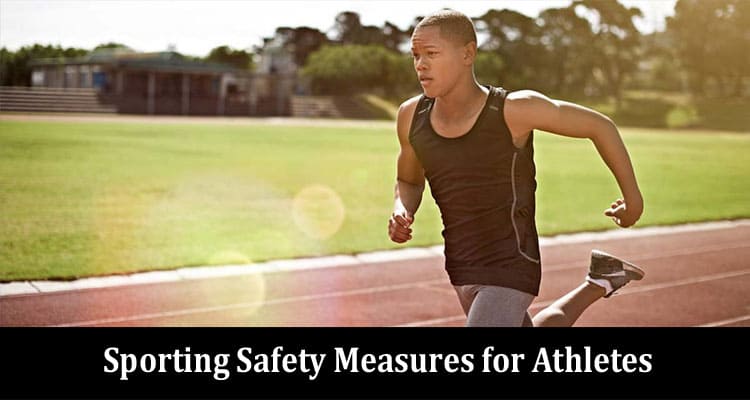Acquiring personal objectives and winning ultimate success in any sport involves rigorous preparation and stricter play. When athletes strain themselves, they risk injury and cannot perform the sport they love.
There are hazards involved with participating in sports and physical exercise, regardless of the sort of event. While it is impossible to avoid every crisis or accident, there are sporting event safety measures that may be used to reduce the risks.
Measures to consider during any sporting event
Sporting event safety measures and security are all aspects of the overall hazard mitigation strategy for arenas and events. Irrespective of the magnitude and breadth of the event, protection and surveillance play a significant role in creating an excellent environment for attendees, spectators, athletes, and employees.
Some of the must-have facilities and safety measures are enlisted below:
-
Have medical staff on-site
According to the athletes’ activity and age, they may require medical assistance. On-site EMT teams, doctors, and complete medical facilities with X-ray and ultrasound technology would provide modern medical service. Professional sports events would be more likely to include full medical rooms, while amateur events would not.
Specifying the function of sophisticated health support personnel, such as sports doctors, is critical. For example, if someone requires an ambulance on-site, they don’t need the EMT unit or first aid center. When estimating the demands of the occasion, the expenditures of advanced medical care must also be addressed.
-
Emergency action plan
Any school, university, sports program, and location where athletes train within these establishments must have an EAP. It provides knowledge to guarantee a quick, suitable, regulated, and exact reaction to a crisis. It is the professional and moral duty of everyone engaged in the administration of sporting events to ensure procedures deal with potential emergencies.
An establishment lacking an EAP may be judged irresponsible in severe injury since it establishes the quality of treatment for these circumstances.
-
Ensuring that there is an AED on-site
An automated external defibrillator is referred to as an AED. It is a tool that can prevent unexpected cardiac arrest in a victim.
AEDs must be reachable at all times and within three minutes of any site. If a college has an abrupt cardiac arrest in the arena, including the AED with a management strategy, trained rescuers, and an EAP will increase their chances of recovery.
To prepare for a genuine crisis, one should practice retrieving and using it as part of the emergency action plan.
-
Having access to a concussion protocol
Kids and teenagers participating in scheduled sports and leisure events frequently get concussions. Any child or teen with a concussion must be immediately taken out of the game and seen by a doctor as early as feasible. Any athlete who suffers a brain concussion while participating in athletics or leisure pursuits should cease the action right once and be taken out of the match or practice.
Cervical spine damage should be anticipated if consciousness is absent, and adequate cervical spine safeguards should be implemented, particularly monitoring the airway, respiration, and circulation.
Things to keep in mind for setting safety measures
Sports injury avoidance is effective. Sports injury prevention programs (SIPP) should primarily be incorporated in warm-up workouts presented by the head coach, with physical practice sessions and personal physiotherapy exercises. They should be centered on a player’s trauma history, pre-season inspection outcomes, and injury levels. They should also rely on the individual’s age, the tournament threshold, and the accessibility of affordable pieces of equipment.
Conclusion
All sporting competitions and regular games have the potential for participant sickness and injury. The organizers must plan and provide healthcare facilities for sporting events to minimize these dangers. Athletic event coverage is essential to protect both event organizers and participants. Even if the location has security, it is advisable to have one’s own because it may address some risks.


